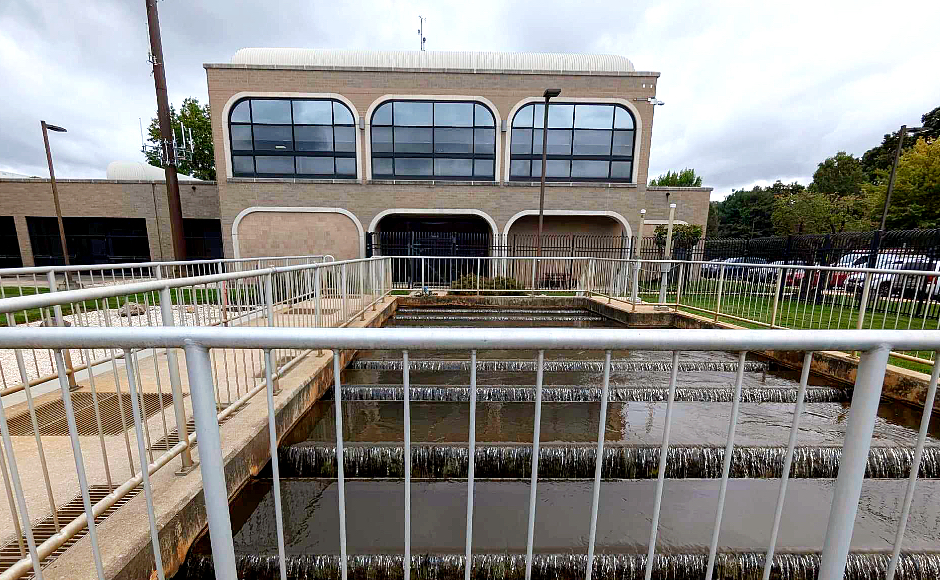 A distribution hub at the NJ American Water Delaware River Regional Treatment Plant. Credt: Matt Skoufalos.
A distribution hub at the NJ American Water Delaware River Regional Treatment Plant. Credt: Matt Skoufalos. A distribution hub at the NJ American Water Delaware River Regional Treatment Plant. Credt: Matt Skoufalos.
A distribution hub at the NJ American Water Delaware River Regional Treatment Plant. Credt: Matt Skoufalos. A distribution hub at the NJ American Water Delaware River Regional Treatment Plant. Credt: Matt Skoufalos.
A distribution hub at the NJ American Water Delaware River Regional Treatment Plant. Credt: Matt Skoufalos.